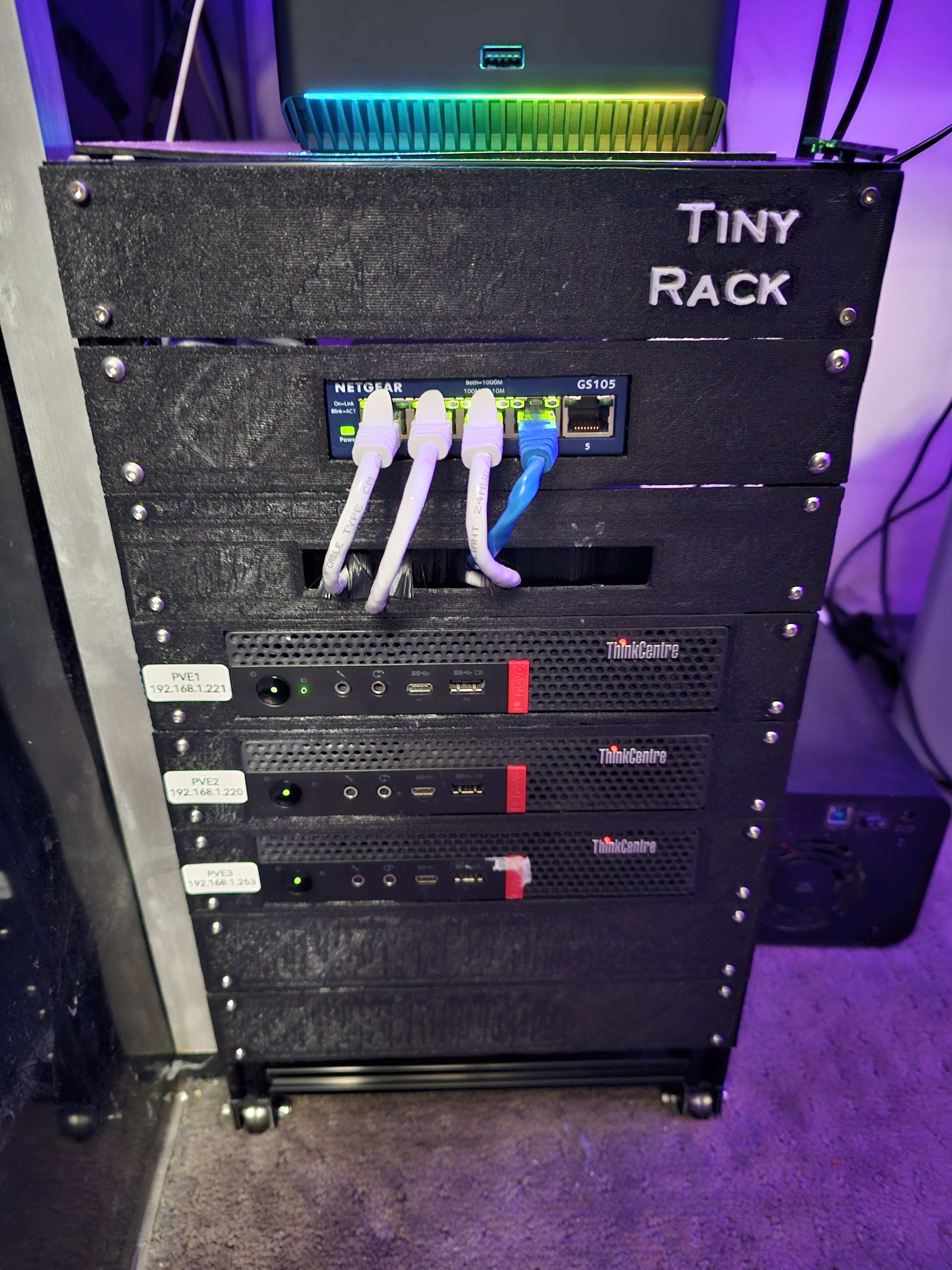Running arr services on a proxmox cluster to download to a device on the same network. I don’t think there would be any problems but wanted to see what changes need to be done.
I'm essentially doing this with my set up. I have a box running proxmox and a separate networked nas device. There aren't really any changes, per se, other than pointing the *arr installs at the correct mounts. One thing to make note of, i would make sure that your download, processing, and final locations are all within the same mount point, so that you can take advantage of atomic moves.


